|
*This post contains affiliate links. I receive small commissions for purchases made through these links at no extra cost to you. These commissions help me keep this site up and running, in order for me to keep providing helpful and inspiring art content. :) How do artists choose the colors they'll be using for a new watercolor painting? What can I do to keep my color mixtures better organized on my mixing palette throughout the painting process and steer clear of accidentally creating mud? Why is it important to invest time in planning the colors we'll be using before starting a new painting? In this blog post, I'll be sharing three reasons why I love using a limited amount of colors (usually 3-7) to create my watercolor paintings and how this practice has helped me make deeper, faster progress as a painter. Color is an Element of Art that plays a huge role in making a visual composition look harmonious and cohesive. As with all other Art Fundamentals, use of color is something that most skilled artists continue learning about and improving upon throughout their journeys. It's absolutely essential for the beginner starting with any kind of painting medium, to learn about Color Theory and the Color Wheel, as this knowledge enables us to not only create successful color mixtures throughout the painting process, but also to plan great color schemes that work for the piece on hand. Because skilled artists know how important color and value are, they take time to prepare for a new piece via the creation of thumbnails, swatching colors, and thinking of how they'll be creating the color mixtures needed for a new painting prior to actually starting. Either this, or they've already prepared a custom color palette to work from that has all of the colors they love and know they're going to need. They know exactly what's going to happen when two or three of those colors get mixed together. Artists know that making time to think about color before starting to paint will enable them to move forward more smoothly and will lead to an outcome that is impactful, harmonious, and also communicates their message more clearly. And how each artist goes about selecting his/her colors is completely dependent on the artist's personal creative process. Artists who are looking for very high-levels of realism often go by specific colors they see in their reference pictures or in the subjects they have in front of them when working from direct observation. They make time to observe and put in the work to ensure their colors/color mixtures match what they actually see. Others work from references loosely and manipulate color to bring a certain level of expression, contrast, etc. into the picture. Sometimes they change specific colors altogether or alter some of them to bring their style in. And others, such as abstract artists, at times start their paintings based on a specific color scheme they found inspiring, designing an entire visual composition around it. Or they create their own color schemes that are meant to transmit a specific message or emotion (putting Color Psychology to use). Of course, there are tried-and-true color schemes that have been used by artists throughout history that will always lead to very visually pleasing results. In lots of Van Gogh's work, you'll see use of Complementary Colors, in Monet's you'll see use of Analogous Colors, etc. Some artists take hours preparing the colors they'll be using for a new painting and others take minutes, but they always bring in their knowledge of the Color Wheel and Color Theory. It doesn't really matter how you do it. The more you paint, the more your own personal style and creative process will become clearer. The point here is to make it a habit to start thinking about color before starting to paint. Color is a huge, complex topic and I believe it's important for beginners to build upon a solid base of knowledge and take their learning a step-at-a-time, as this helps avoid overwhelm and keeps their art journey enjoyable. This will help them stay consistent, which is key in making significant artistic progress.
If you enjoyed this video and found it helpful, make sure to subscribe to my YouTube channel. I share a brand new video every week with art tips, drawing and painting tutorials and mindset/productivity tips for artists. *Subscribe HERE*
You'll find a list of my favorite watercolor supplies here. 3 Reasons Why Limited Color Schemes Are AwesomeEven as a more experienced painter, I absolutely love using limited color schemes because of the points I'm going to be sharing next. This said, keeping things simple can do wonders for beginners and can help them make much faster progress than being drowned and overwhelmed with a wide array of different colors, and even paper and paintbrushes. *We're not getting into paper and paintbrushes today, but I highly recommend checking out my blog post titled Watercolor Supplies for Beginners and Things You Must Know if you'd like more in-depth information on watercolor painting supplies. 1. They help us get comfortable with color mixing By taking time to plan and prepare a limited amount of colors, we'll be putting our knowledge of color to the test, as this forces us to give thought to how we'll be creating our different color mixtures with the least amount of colors possible. A couple of quick examples of how to work with a less amount of colors: -If you've already selected a yellow and a red for a new painting, and all of the sudden realize you're going to need an orange color, why not use a mixture of your yellow and red instead of reaching for an orange? -If you've already selected your Ultramarine Blue and your Burnt Umber for certain areas of your painting, why not use a mixture of these two to create your dark gray, instead of reaching for another gray? In my many years teaching art, I've found lots of beginners are afraid to mix their own colors and are looking for instructors to provide very specific "recipes" and even color-to-color ratios for their mixtures. Also, lots of beginners feel they need the specific color that the artist in the tutorial they are following is using. By learning about the Color Wheel, Color Temperature, etc., and making time to play with color (intentionally of course), they'd be able to create any needed color without much guidance at all. Make time to learn the basics. Don't skip over them because they'll improve everything you choose to do in the future. Make time to explore and get comfortable with your medium, before attempting to create a polished masterpiece. As beginners, it's important to keep things simple. Most often than not, keeping things intentionally limited will help us make faster progress than jumping between a bunch of different things and overwhelming ourselves with lots of supplies. 2. They lead to harmonious paintings When we're just getting started, most of us are anxious to begin with the painting process. We tend to skip over any sort of preparation and move forward randomly picking colors. I did this when I was first getting started in my painting journey and was so confused as to why my paintings always ended up looking amateurish and incohesive. Unless we have a very colorful art style or are going for this look intentionally, randomly picking colors throughout the painting process is a surefire way of ending up with a painting that is very overwhelming to look at or that is "all-over-the-place" in terms of the message it's transmitting to the viewer. By limiting our colors and repeating colors as we're creating our different paint mixtures, we'll end up with much more harmonious results. Our color mixtures look like they belong together and are working in unison to transmit one same message. It's similar to the "Mother Color" method that some artists working with oils and acrylics use to unify and provide color harmony in their paintings. What they do is choose one color to be the "Mother", which is going to be added (in a small degree) to every color mixture. This makes the different colors look like they belong together. All part of one same "whole". And this is what we want when we're designing a visual composition. We want the different parts to work together as one "whole". The "Mother Color" method doesn't quite apply the same way when we're working with watercolor, as the color mixing process when using this medium is a lot more organic and free-flowing. We're constantly shifting color ratios, paint to water ratios, etc. as we move along, but the principle of re-using the same colors in our different color mixtures in order to unify the overall outcome still applies. Give thought to how you can use this idea in your own work to both make your paintings more cohesive and also to transmit your message/emotion/idea in a more powerful way. 3. They help us stay organized throughout the painting process When working with watercolor, it can be very easy for our colors to start mixing together due to the amount of water we're using throughout the process, which can certainly be frustrating! *This paint mixing palette has certainly helped me in this department. Loosing control of our color mixtures on our paint mixing palettes can lead to creating mud (brownish/grayish/desaturated colors that we weren't actually going for). By having made the time to actually test out our color mixtures on scrap pieces of watercolor paper prior to starting with the painting process, we'll be avoiding undesired colors. Also, by limiting the amount of colors we're using and knowing exactly which colors we're using throughout our painting (at least in loose terms), we'll be making things a lot easier for ourselves along the way. It takes out all of the guesswork as we'll know exactly which color to reach for whenever we need to create more of any specific mixture. I don't know about you, but it's very easy for me to start accidentally dipping my paintbrush into a paint pan I wasn't intending to use during the painting process (especially when I'm using a larger paint set that includes several different blues, reds, browns, etc.). To make things easier for myself, I often love removing the paint pans I have selected from my watercolor set and only have those with me as I'm working. Over on Patreon, I share step-by-step watercolor painting tutorials in which I explain everything, starting from how I select my paint colors and create my color mixtures, to how I develop my color, values and details in layers.
I hope you found this post helpful, and wish you tons of progress and enjoyment in your artistic journey!
10 Comments
Why is it that abstract art looks so easy to do and when I try my hand at it, I always end up disappointed with my results? How can I become looser and more expressive when painting with watercolor? Does one have to prepare before starting a painting that's more on the abstract side of the art spectrum? When I first saw abstract artists at work, back when I was very young, I remember thinking just how easy it must be to create that kind of painting (or drawing). I saw how intuitively and spontaneously they moved along the process, and concluded there was no prep work involved or specific process to follow. I wasn't entirely wrong. However, the thing I failed to realize back then is, those artists that seemed to be creating magic on canvas in a matter of minutes and without any struggle at all, had a ton of knowledge about art and Art Fundamentals, and had full control over their preferred mediums. They had already devoted lots of time to learning, exploring, messing up and finding their voice to the point that they could now easily express emotions and ideas via marks, colors, shapes and textures. They had full knowledge of Elements and Principles of Art, and were masters at choosing color schemes, creating interesting and balanced compositions, harmony, contrast, and everything that makes an artwork look impactful, cohesive and have the ability to effectively communicate an idea or emotion. Because they had already gained a certain level of mastery through their first-hand experience, they were able to move through the creative process with confidence and ease. And confidence, in my opinion, is key to abstracts as it's what truly allows us to let go and be able to work more intuitively. Not to mention, these artists had already gone through the long process of finding themselves artistically and preparing their specific tools (and colors) of choice. They know the message they want to transmit and how they want to transmit it. So yes, they may be going along the creation of an abstract painting intuitively now, and they may or may not have prepared or practiced before starting a specific piece (this depends on each artist's creative process), but they have years of practice under their belts. When we're just getting started (and we're serious about improving our skills), it's important to realize that there is a lot to learn and that we need to explore and practice first-handedly consistently and intentionally, in order to make the progress we're after. As I shared in my past blog post, 5 Tips for the (Serious) Self-Taught Artist, learning about Art Fundamentals can make the biggest different in your artistic journey. Not only in your ability to create original and impactful drawings or paintings, but also in your ability to analyze and talk about art. This knowledge helps you communicate your ideas about your work, and the work of others, which is so important when your goal is to become a professional artist. By learning about Art Fundamentals and applying this knowledge consciously in the beginning, as well as taking a few minutes to do a bit of planning prior to starting a new piece (whether it's abstract or not), you'll develop your eye for composition and later be able to tell if something works or not, pretty darn fast. Not to mention, knowledge of Art Fundamentals is what allows us to create original and visually pleasing artworks from scratch, all on our own, and without having to constantly rely on inspiration from other artists. This means you won't have to spend hours scrolling Instagram or Pinterest until you arrive at something that you want to replicate, because you'll have the ability to take ideas you already have inside of you and turn them into an actual visual composition. Join the Becoming Artists community on Patreon for live classes on Art Fundamentals, exclusive real-time drawing and watercolor tutorials that I don't share anywhere else (complete with downloadables), sketchbook prompts sent to you every week designed to help you stay consistent, feedback from me on your work and much more! Next. I'll be sharing three key tips that will help ensure a much smoother process and a more effective outcome when creating looser watercolor paintings.
If you enjoyed this video and found it helpful, make sure to subscribe to my YouTube channel. I share a brand new video every week with art tips, drawing and painting tutorials and mindset/productivity tips for artists. *Subscribe HERE*
3 Tips for Beautiful Watercolor Abstracts 1. Plan your colors Color is an essential part behind making a visual composition (whether simple or complex) look harmonious and cohesive. Because of this, giving thought to what specific colors you'll be using prior to starting with the painting process can be extremely helpful, especially when we're just getting started with painting. When we're creating an artwork, we have to consider the whole, or the global picture. A composition is meant to be seen in its entirety, which is why artists have to become masters at making use of (and manipulating) the different Elements and Principles of Art so that everything included works together to transmit the message, emotion or mood that they are intending to transmit. No element included in the piece is an island, as they all interact with each other to communicate the story, message or feeling to the viewer. Therefore, it's smart to give thought to how the different parts we'll be including in our artwork will be working in conjunction, prior to starting with the painting process. In relation to color, it's also helpful to remember that the way we see each hue is affected by the colors around it. Randomly picking colors throughout the painting process is a huge no-no, especially when we're just starting on our painting journeys. This will often result in struggling with muddy colors throughout the process, as well as finished products that don't look cohesive. Have in mind that, when we come across a video online where we're seeing a pro who knows color and has been painting for a long time, they've already most likely prepared specific colors on their palettes that they love and know will work well for the mixtures they'll be needing. In other words, they've already prepared their colors and aren't working with a color set that has been pre-made for them. They also know the color wheel like the back of their hand. This knowledge enables them to not only create color mixtures effectively, but also select color schemes that look integrated and impactful, and know exactly which colors to reach out for (or stay away from) when a new color mixture is needed. Something I love doing when preparing for a new piece is to think about the overall mood I want it to transmit to the viewer and how I can play with color to enhance my focal points, as well as create a sense of contrast to really make my painting pop. *Most of my viewers over on YouTube also know that I love keeping things simple and using a limited amount of colors when painting. Keeping things as simple as possible, and limiting the amount of colors that I'll be using, allows me to stay better organized throughout the process, which keeps muddy colors at bay, and leads to my paintings looking a lot more unified at the end. You can find a list of my favorite watercolor painting supplies here. 2. Give thought to your compositional arrangement Though many abstract artists make this work seem easy, something important to understand as beginners is that an impactful, harmonious and balanced composition rarely happens by accident. As an outsider looking in, it might look like what skilled abstract artists are doing is completely free-flowing and spontaneous. However, as I mentioned before, they have the knowledge and skills they need to create impactful work almost unconsciously and have the confidence that allows them to trust in their tools and in their own decisions/movements. It's incredibly helpful, for both beginners as well as more experienced artists, to sketch out a few quick thumbnails to roughly plan the location of focal point(s), as well as the balance that will be created between positive and negative spaces (areas which contain the subjects vs. empty areas), before getting started with the painting process. If you're using a reference photo, give thought to cropping and manipulating the size of different elements included, as well as removing those which may be detracting from the focal point or the balance you're looking to create. By learning about Art Fundamentals you'll become knowledgable on how to play with Elements of Art in order to manipulate their characteristics, as well as their placement within your space, to pull the viewers' attention towards your focal point(s) and keep their eyes moving throughout the piece. Not to mention, you'll also be able to stay away from making your drawings or paintings too overwhelming, which can be a huge problem when creating abstract art. Two "rules" or guides that I learned in art school which really helped me develop my eye for balanced yet interesting compositions, were the Rule of Thirds and the 60/40 (or 70/30) Rule (also referred to as the "Less is More" rule). The Rule of Thirds is used by photographers and even cinematographers all the time, and it helps us create interesting, asymmetrically balanced artwork that transmits a story. Using it is very simple. We basically divide our space into 9 equal squares or rectangles using horizontal and vertical lines and, using this grid, we decide the location of our focal point, as well as the placement of the secondary and tertiary elements. The Rule of Thirds tells us to never place our focal point right in the center of our space, or within the center of any of the squares or rectangles. It tells us to pick one of the points where the horizontal or vertical lines intersect (see red dots in image below). We can also place our focal elements along one of the lines. This guideline helps us create visual compositions that keep the viewer's eyes moving throughout the piece, instead of staying stagnant, which we definitely want to stay away from. It's not completely black and white, and you'll be able to find many examples of masterpieces created throughout history in which the Rule of Thirds has been deliberately used, and other in which it's used a bit more loosely.
To learn more about Art Fundamentals directly from me in an easy and sequential way, join us on Patreon! You'll get immediate access to all of my exclusive drawing/watercolor painting tutorials (2 new ones get shared each month), as well as live Q&A's and tons of resources I don't share anywhere else.
Check out this beautiful painting created by Renoir in 1873. The viewer's attention immediately gets called towards the lady in the white dress. The artist not only placed the focal point along one of the lines in the Rule of Thirds grid, but also emphasized the main subject by creating contrast using color and value, as well as rendering higher levels of detail within her when compared to the elements around her. We get a sense of this lady being directly hit by sunlight, while everything else in her proximity is in shadows. Now check out this painting created by Van Gogh in 1888. He's also made use of this same idea when he decided to place the group of boats off-center and closer to the left side. The viewer's attention not only gets immediately pulled towards the red boat (which falls right in the intersection where one of the vertical and horizontal lines meet in the grid), but our eyes then keep traveling towards the boats behind it, and then to the boats that are heading out towards the horizon. In this piece, though, the horizon line was placed almost halfway down the composition, which is what the Rule of Thirds tells us to stay away from. This nearly perfect central placement of the horizon line usually "cuts" landscapes right in half, when we're usually looking asymmetrical balance. However, this piece has so much movement and depth created by the placement of elements in the foreground, middleground and background, and such an interesting overall use of Principles of Art, that the horizon line doesn't really take away from it. The 60/40 or 70/30 Rule basically tells us that the areas of interest (or our focal points) should take up a much smaller amount of space than areas of lower interest. It also propels us to think about how we're going to be making use of different Principles of Art inside our areas of interest when compared to outside of them, in order to create contrast, bring attention to our focal point, and transmit our message more clearly. I don't know about you, but when I'm creating an abstract piece, I find it really easy to go overboard and start adding more and more (paint, marks, etc.) to the point that the focal point is lost and I end up with a painting that is overwhelming for the viewer. This is a big no-no, unless of course, this is intentionally the style your going for. I suggest taking breaks and stepping back from your work every few minutes and, once again, observing the global picture. Think about whether more is truly necessary. These two "rules" are by no means the only way to go about creating an artwork or the only helpful guidelines that exist out there, but they really helped me develop my eye for composition, as well as my knowledge on what goes behind creating a successful artwork when I was first getting started. For more on Composition pertaining to abstract art, check out this awesome video shared by artist David M. Kessler over at his YouTube channel. 3. Think about how you'll be doing your layering (especially if you're using mixed media) What makes so many abstract pieces so appealing is the richness artists are able to achieve via their layering processes, which I suggest giving thought to whether you're only using one medium to create your piece (the way I did with watercolor in the video included above), or are combining a variety of mediums. This will not only ensure a better outcome, but will also help your piece last a lot longer in good condition. Depending on the mediums that you're using, you'll want to do research and even do quick explorations to see if your initial layers will directly affect both the look and durability of the layers you place on top, and vice versa. You'll want to look into factors such as drying times between layers and final varnishing, as well. As opposed to representational art, in which a large part of the story or message is told via instantly recognizable subjects, abstract artists make use of the Elements of Art in their purest form (color, shape, line, texture, etc.). Playing around with how to layer these different elements, as well as defining what tools, mediums and/or techniques will be used throughout different parts of the process, we'll be able to create a much more impactful piece. Not to mention, we'll be able to keep some level of organization in our chaos. :) Keep in mind that an interesting and impactful composition usually has some sort of play between less and more, dark and light, etc. There are many ways in which we can create contrast, including making use of light vs. dark values, cool vs. warm colors, small vs. large sizes, heavy vs. light visual or tactile textures, highly detailed vs. less detailed, etc. *Bonus Tip: Just keep moving! Once you've started with the painting process, don't allow yourself to stay stuck in one place. Move past small mistakes and embrace imperfection! Trust in the plan and prep work you've done and keep moving forward. This quicker pace of working will lead to much more expressive results. If you don't feel ready to start on the actual piece that's meant to be finalized, warm up with smaller explorations! This never fails to help me, no matter what I'm doing. A while back I shared a blog post titled 5 Tips to Loosen Up and Create More Expressive Art which contains helpful tips that I apply myself.
I hope this blog post was helpful! If you have any questions or tips to share, make sure to leave a comment below.
Thanks so much for reading! Do you need to go to art school to become a highly-skilled and successful artist? What experiences do art schools provide that being self-taught doesn't? As a beginner artist going down the self-taught route, what can I do to ensure steady artistic progress and get to a point at which I'll be able to actually sell my work? Throughout the years, I've had the honor of meeting many successful artists both online and offline. Some of them did go to art school and some of them didn't. There are highly successful artists who didn't go to university at all and took up low-paying/low-stress jobs until they advanced their skills enough and started making an income from their art sales. There are artists who reach success later on in life, after having completed university studies and years of working in a completely different field. There are others who did attend art school only to realize it was a total waste of time, as they had to learn all of the techniques they were personally interested in, on their own. There are others who did go to an amazing art school that allowed them to advance their skills immensely in an inspiring and challenging learning environment, and also created great contacts that helped them fast-forward their careers post-graduation. Finally, I've met people who went to art school and created breathtaking work, but gave up and started on a different path after they realized that making a consistent income from art involves learning about sales and marketing, as well as being willing to push past their comfort zones. The scenarios are really never-ending, and there is no right or wrong way to go about it. Every artist has to forge his/her own path, depending on his/her own goals, as well as the situation they are personally in. You need to define what success means to you personally. Does it mean being able to create artwork your proud to share, but not necessarily earning an income from? Perhaps just a side-income? Does it mean getting your artwork shown and sold by popular galleries? Do you want to get known on an international level and sell on your own terms? Does it mean earning enough of an income through art sales that you're able to live comfortably? If so, what does living comfortably for you actually entail? How much of an income would you have to be making each month in order to live that way? Today, I'll be sharing the five key things that successful self-taught artists do since the beginning of their journeys, which enable them to make faster progress in both their cold artistic skills, as well as their confidence and ability to share and speak professionally about their art. But first, I'd like to clarify a couple of things. I personally did go to art school. I was lucky to be given a scholarship and was able to attend a great university through which I learned from experienced professors not only in the Graphic Design field, but also from artists teaching (very basic) drawing, painting, silk-screening and photography. It was through university courses that I learned about Art Fundamentals, how to talk about art, experienced what it's like to create an original project from scratch and pushed myself to see a piece through until completion, which is so, incredibly important. I leaned about the importance of sticking to deadlines, managing multiple projects simultaneously and experienced what it's like to get my work critiqued by skilled professors who literally tore my work down in front of large groups (eeek!). This said, in terms of painting, which is how I make the majority of my income now-a-days, I'm mostly self-taught. And though I'm thankful for having the opportunity to go to art school, based on my experience post-graduation, as well as what I've gathered from other artists who've I've had the chance of meeting, it's definitely not necessary to have an art degree in order to become successful. Especially because, in today's world, we're able to experience and learn all of these things art schools offer through the internet. More specifically, through blog posts, video tutorials, courses offered by skilled artists who are willing to share their techniques and knowledge, and online communities. This said, having all of this information and possibilities at our fingertips can often be confusing and overwhelming, especially when we're just getting started. Many beginners don't know where to start or skip over fundamentals, just to be disappointed with their creations or with the fact that no one is liking/buying their work after they've put very little time and effort in. Before getting into the tips, I want to briefly explain what being "self-taught" means to me, as there are different opinions on what this entails. To be perfectly honest, I don't feel there's such a thing as a 100% self-taught artist. Reason being, whoever is serious about improving in any field, will most likely be taking it upon themselves to look for material to learn from, whether it's books, videos or classes. These resources were, of course, put together by someone else and as consumers of such content, we're getting directly or indirectly influenced by them in some shape, way or form. Most of us, even started drawing by copying other artists' work. In a sense, we were learning from other artists even back then, as we were replicating those shapes, lines, colors, etc. Throughout our lives we've all been influenced by artists around us and were exposed to all kinds of art that were created in or before our time. And the artists who created that work were also influenced by artists around them and art that came before their time. We're all influenced by others, whether we want to admit it or not. This goes for people who've been to art school or haven't been to art school. We're all a wonderful mishmash created by the culture we've been brought up in, the people who've been around us throughout our lives, and the different kinds of art (design, music, literature, cinema, etc.) that have impacted us in the point and time we've been living. For the sake of this post, however, I'll explain what I would personally consider to be a self-taught artist. In my opinion, being a self-taught artist implies not attending art school, or any kind of academy in which a full art curriculum has been laid down for you to follow over a relatively long period of time. A self-taught artist, for the most part, decides on his/her goals, searches for resources and learning material (whether it's books, workshops, classes, figure-drawing sessions, online courses, etc.) and goes through his/her own self-imposed "curriculum", so to speak. Though an artist that did attend art school still has to continue doing all of these things after having obtained his/her degree in order to continue improving (the learning never stops), a self-taught artist didn't go through that initial "formal" training. *That formal training could have been amazing, or it could have been useless. In my opinion, taking a workshop a couple of times a year, or following individual tutorials online, doesn't really count as formal or in-depth training (unless one takes a very complete course through which you're able to obtain direct feedback from the instructor). Most likely, one-off workshops or stand-alone video tutorials will not lead to steady or significant progress unless the artist actually prioritizes his/her work enough to continue working consistently and complementing those classes or tutorials with other resources in a coherent way, depending on his/her current skill level and goals. Short workshops or week-long art retreats are super fun, but usually, students are basically copying the instructor's techniques and are not taught Art Fundamentals, which are what will allow them to create original, visually pleasing compositions from scratch. I know because I've taught those workshops. Because there's a very small amount of time, the instructor ends up giving his/her students the fish, instead of teaching them to fish for themselves. The instructor's goal is (usually) to give you a taste of what creating art is like, and to facilitate an experience that will enable you to have a quick art win (oftentimes something pretty that you can take home). It's not to encourage you to find your own style or give you the tools necessary for you to make significant progress in your journey on an individual level. Short workshops and video tutorials don't allow for adequate feedback on part of the instructor or deep conversations amongst students, which are key in order to improve at a deeper level. Oftentimes we're unable to see our own mistakes when we're just getting started. Not to mention, it's incredibly important to get used to sharing and talking about both our art, as well as art created by others. Next, I'll be sharing five key things you can do to ensure you're getting the most out of the resources offered by the Internet and make faster, meaningful progress as an artist. |
|
|
Are you interested in starting to sell your artwork online but are lost as to how to start digitalizing and editing your work using photo-editing software? Have you started learning Photoshop and want to know which tools to use in order to remove the background from your scanned work as efficiently as possible?
It's essential for traditional media artists to familiarize themselves with some kind of photo-editing software at least on a very basic level.
Whether you're looking to sell prints of your work through your own website, create products with drawings or paintings via print-on-demand platforms, create mock-ups using pictures you've taken of your work, or you're simply looking to share your art on social media, it's essential to make it shine and transmit a sense of quality to the viewer if you intend to make any sales.
Today, I'll be sharing a video that is perfect for artists just getting started with Photoshop and digital editing. I'll be explaining three different selection tools commonly used by artists/illustrators to separate their artwork from its background, and I'll also be sharing which my personal favorite is and why.
Throughout the video, I also give important tips that you should definitely be aware of when digitalizing art made with traditional mediums. These apply to whatever photo-editing software you choose to use.
Check out my blog post How to Sell Artwork on Society6 + Pros and Cons to find out more about my entire process, from finishing a watercolor illustration, to scanning it, editing it, and finally uploading it onto Society6 to design products.
In this past post, I also share the positives and negatives I've learned in regards to print-on-demand platforms like Redbubble and Society6 throughout the time I've been using them.
If you enjoyed this video and found it helpful, make sure to subscribe to my YouTube channel. I share a brand new video every week with art tips, drawing and painting tutorials and mindset/productivity tips for artists. *Subscribe HERE*
I hope you enjoyed this post and learned something new, or got inspired to go and create a sketch for yourself.
I wish you tons of progress and enjoyment in your artistic journey! :)
For a list of my favorite watercolor supplies, go here.
I hope you enjoyed this post and learned something new, or got inspired to go and create a sketch for yourself.
I wish you tons of progress and enjoyment in your artistic journey! :)
For a list of my favorite watercolor supplies, go here.
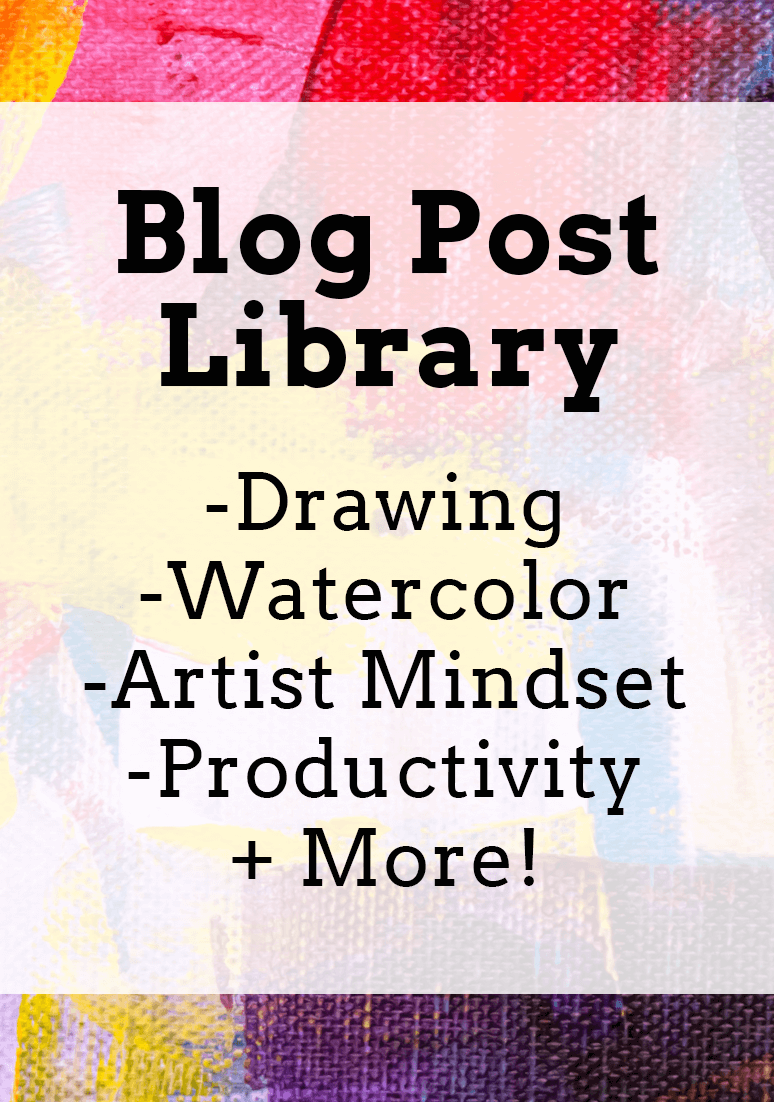
www.erikalancaster.com
is a participant in the Amazon Services LLC Associates Program, an affiliate advertising program designed to provide a means for sites
to earn advertising fees by advertising and linking to amazon.com.
www.erikalancaster.com
is a participant in the Shareasale.com Affiliate Program, an affiliate advertising program designed to provide a means for sites to earn advertising fees by advertising and linking to Shareasale.com partner companies.
is a participant in the Amazon Services LLC Associates Program, an affiliate advertising program designed to provide a means for sites
to earn advertising fees by advertising and linking to amazon.com.
www.erikalancaster.com
is a participant in the Shareasale.com Affiliate Program, an affiliate advertising program designed to provide a means for sites to earn advertising fees by advertising and linking to Shareasale.com partner companies.

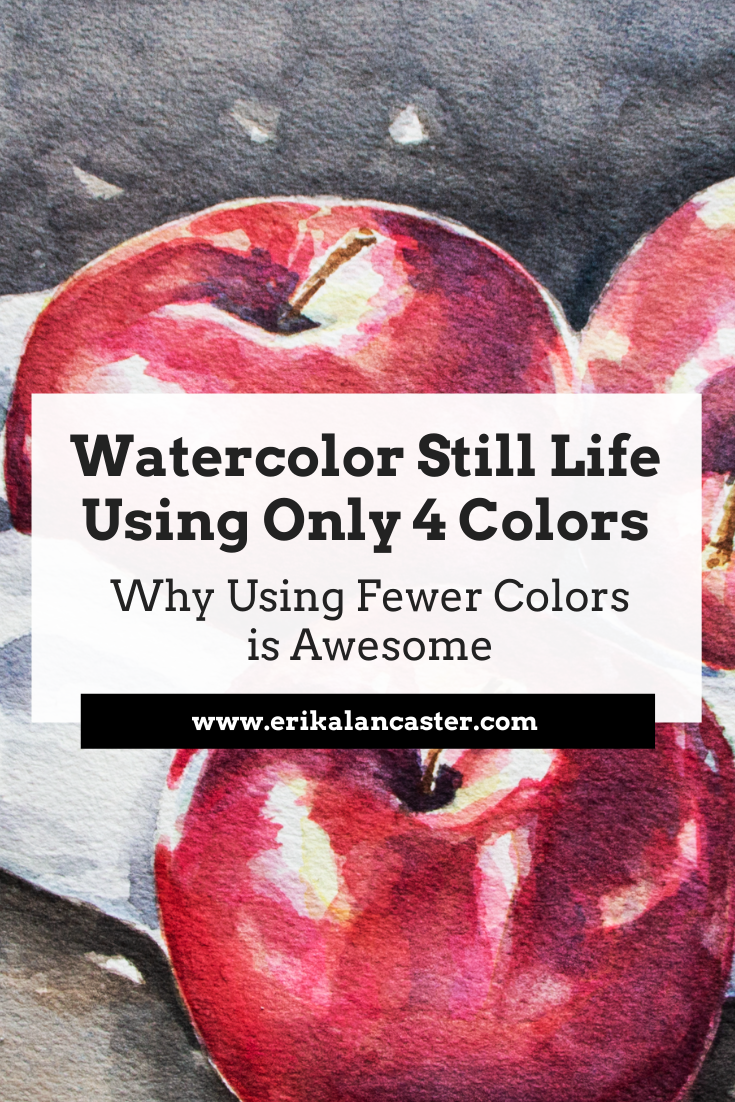
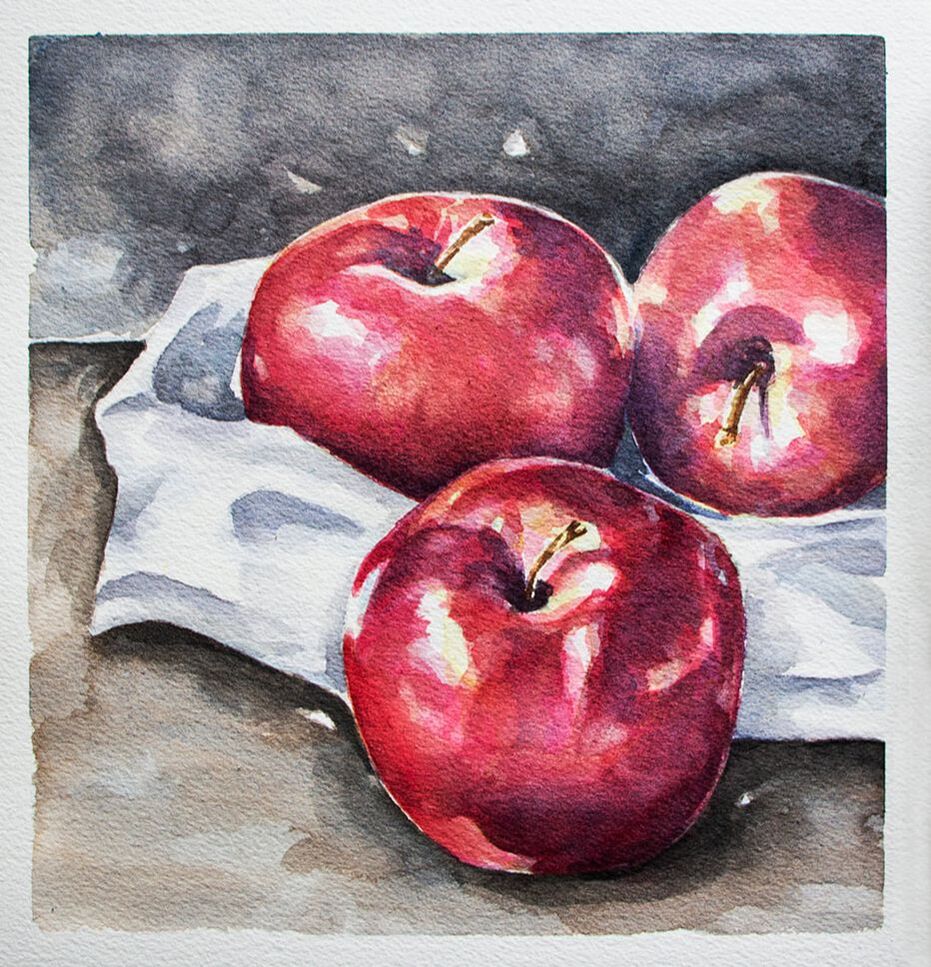
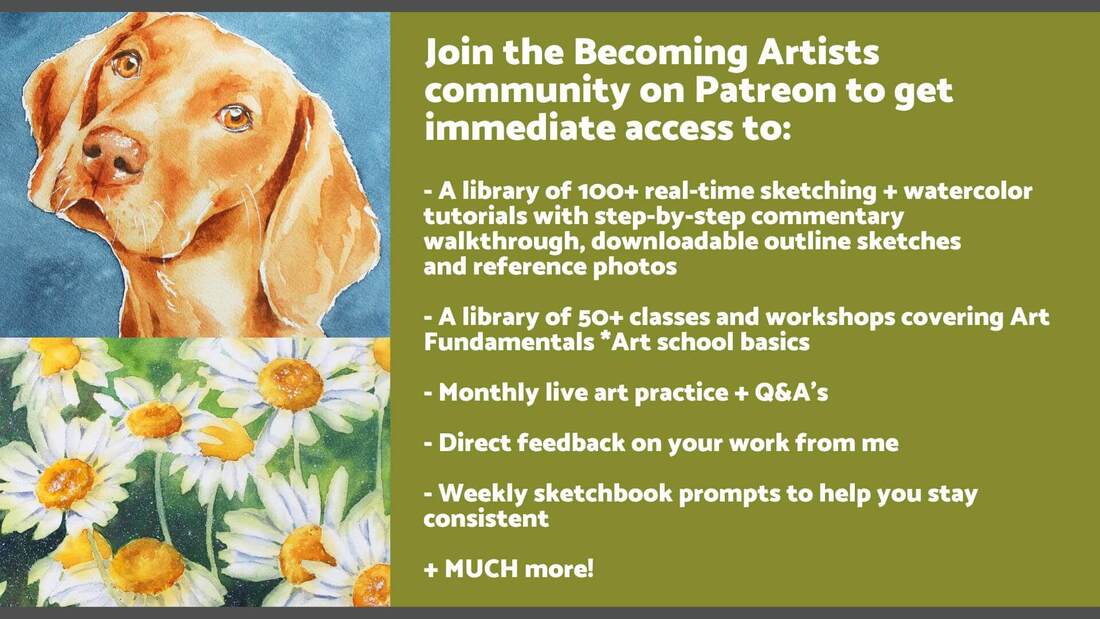
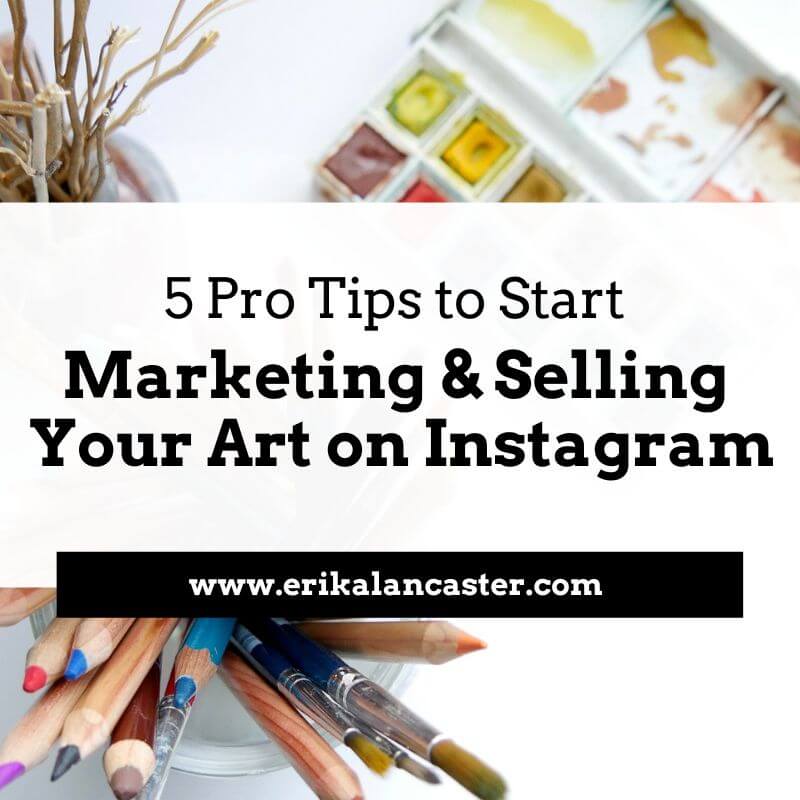
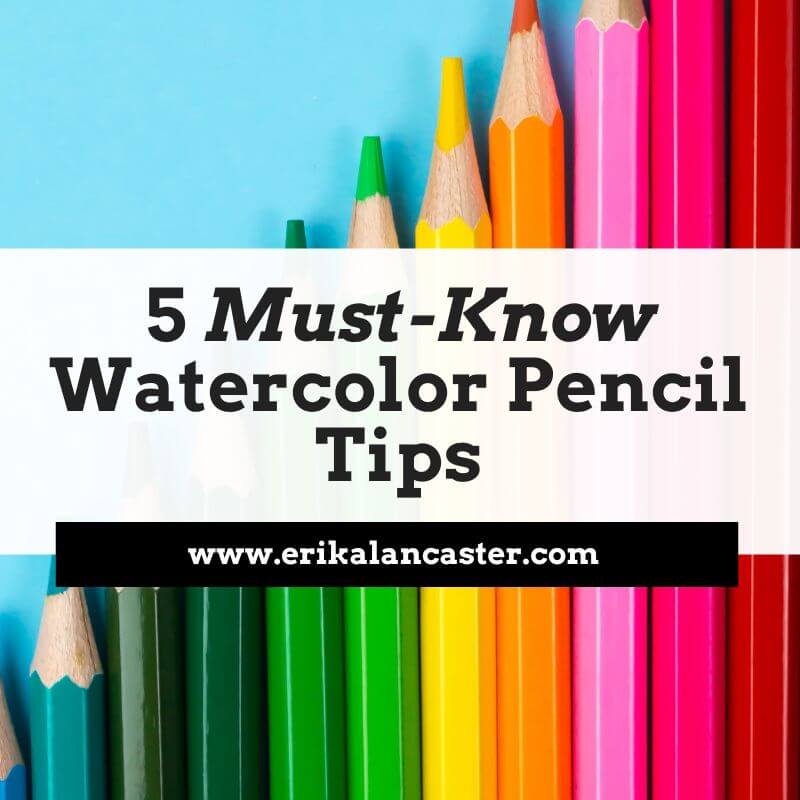
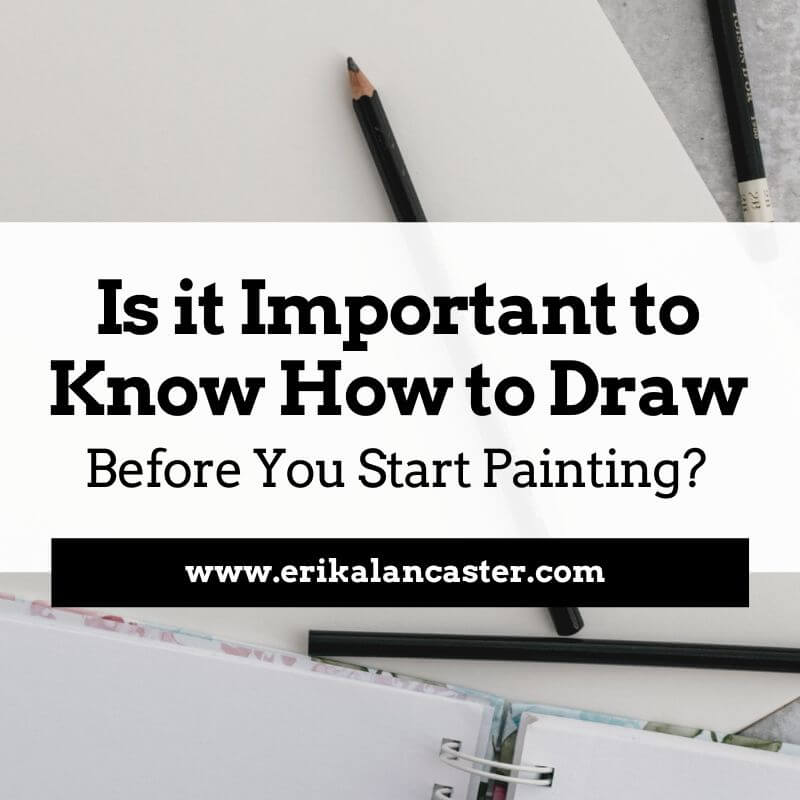
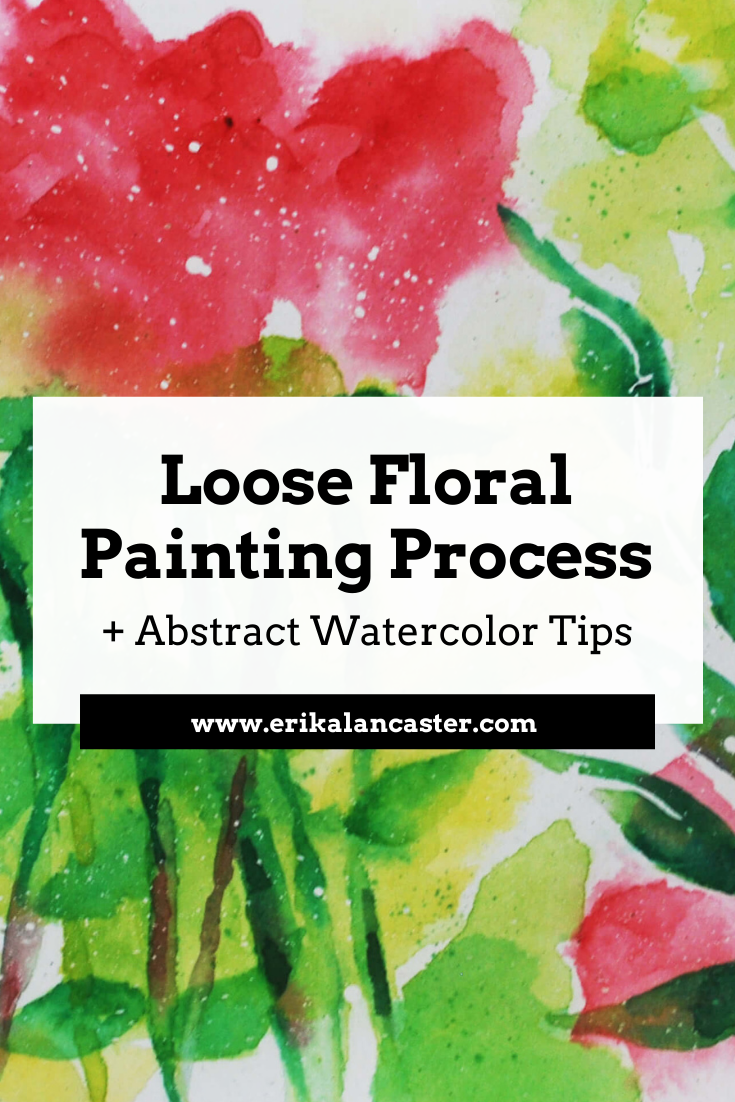
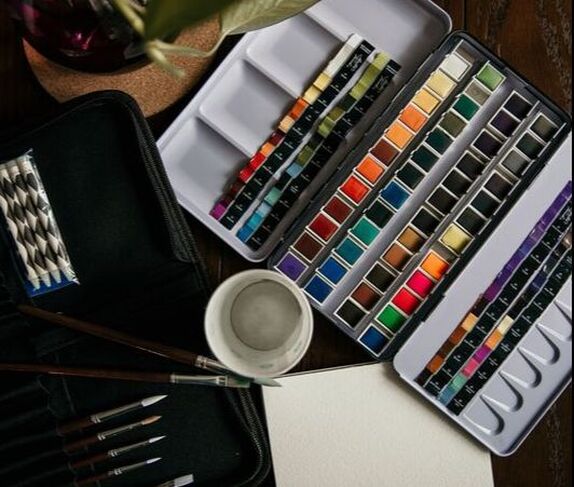
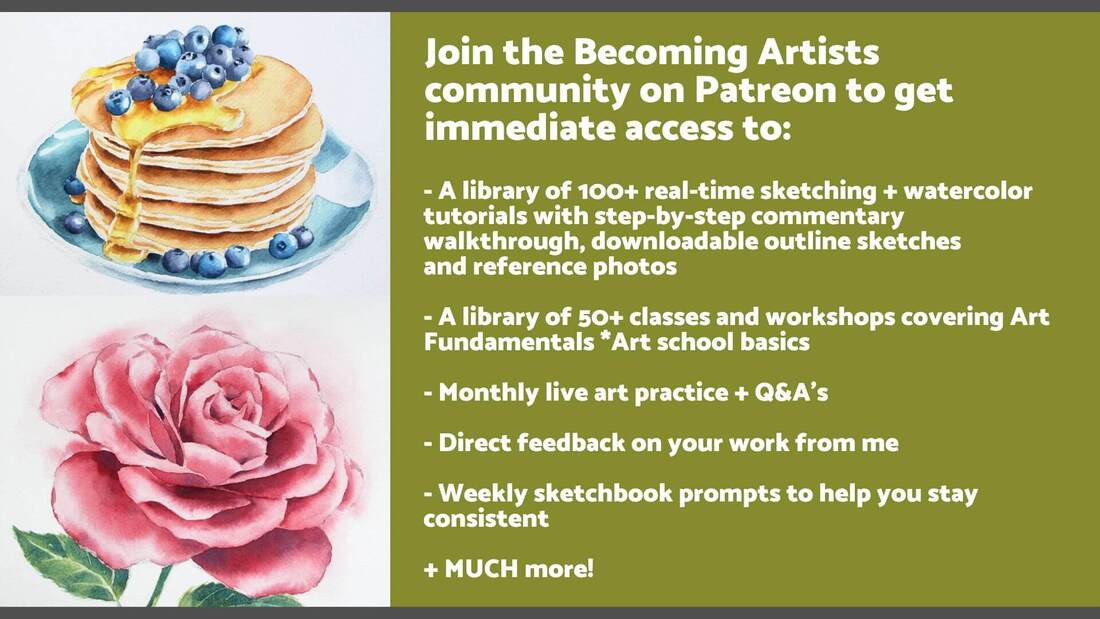
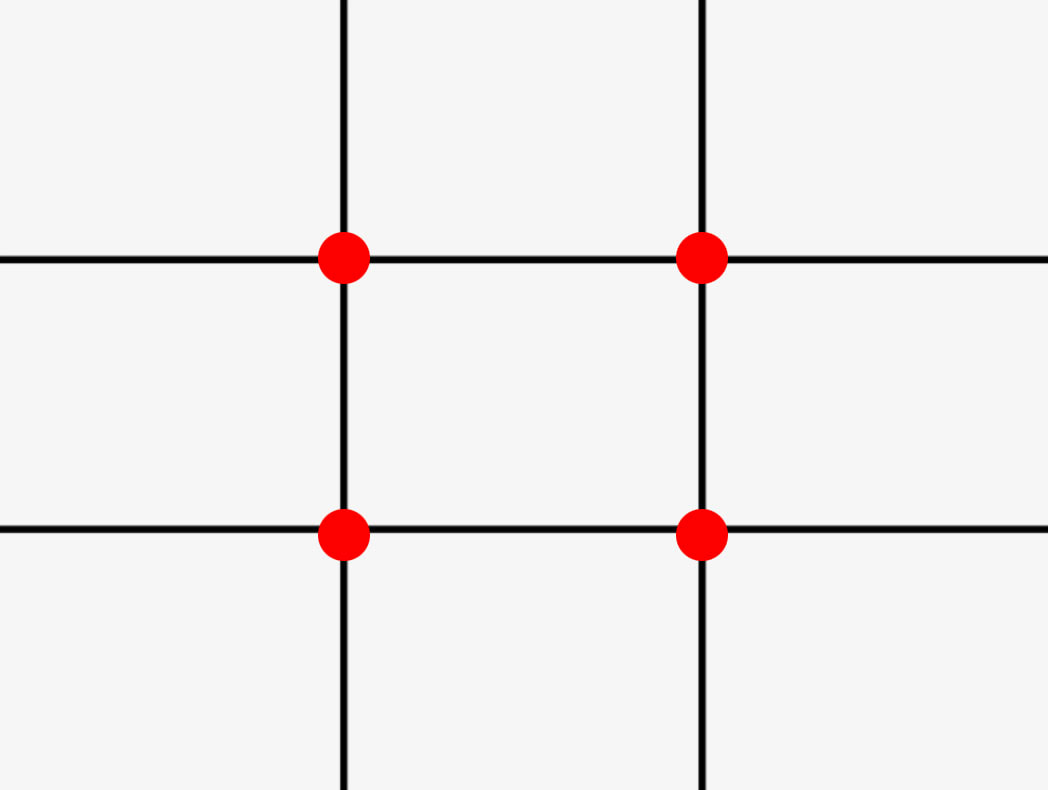
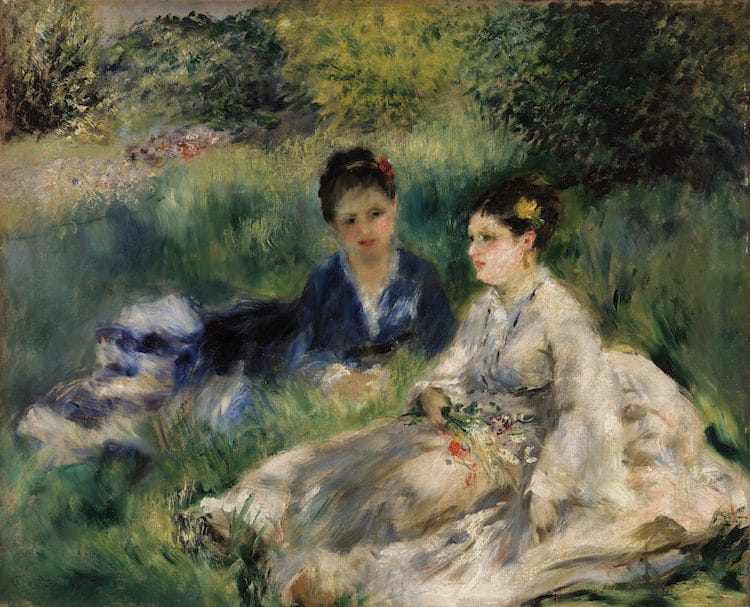
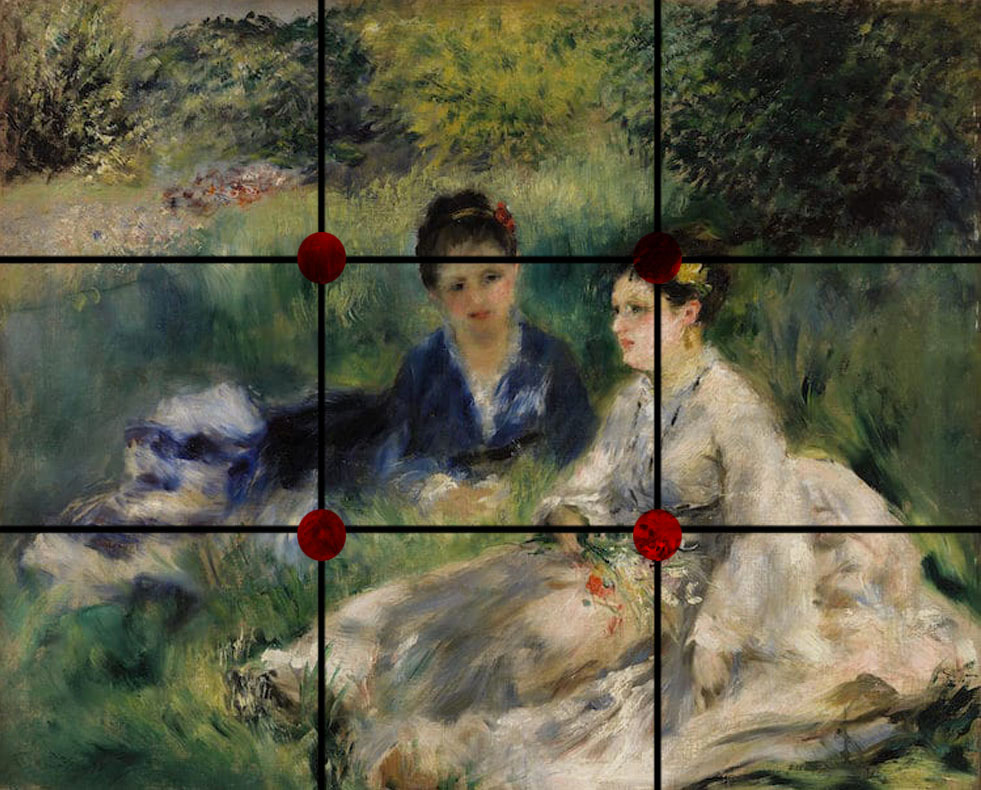
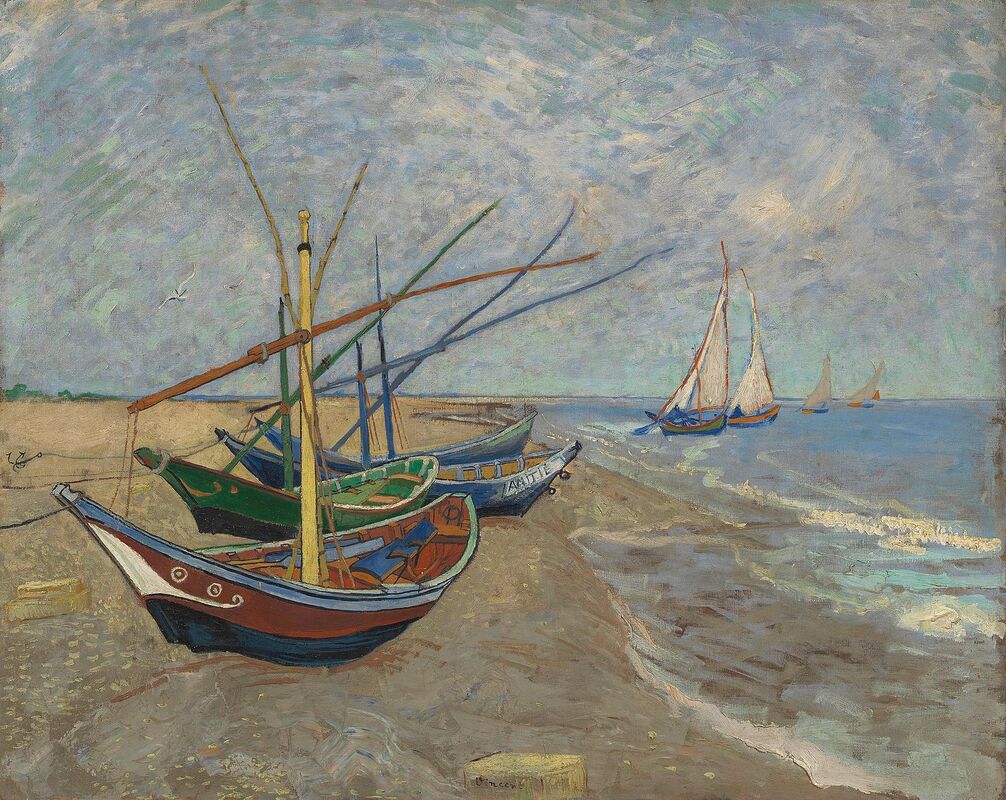
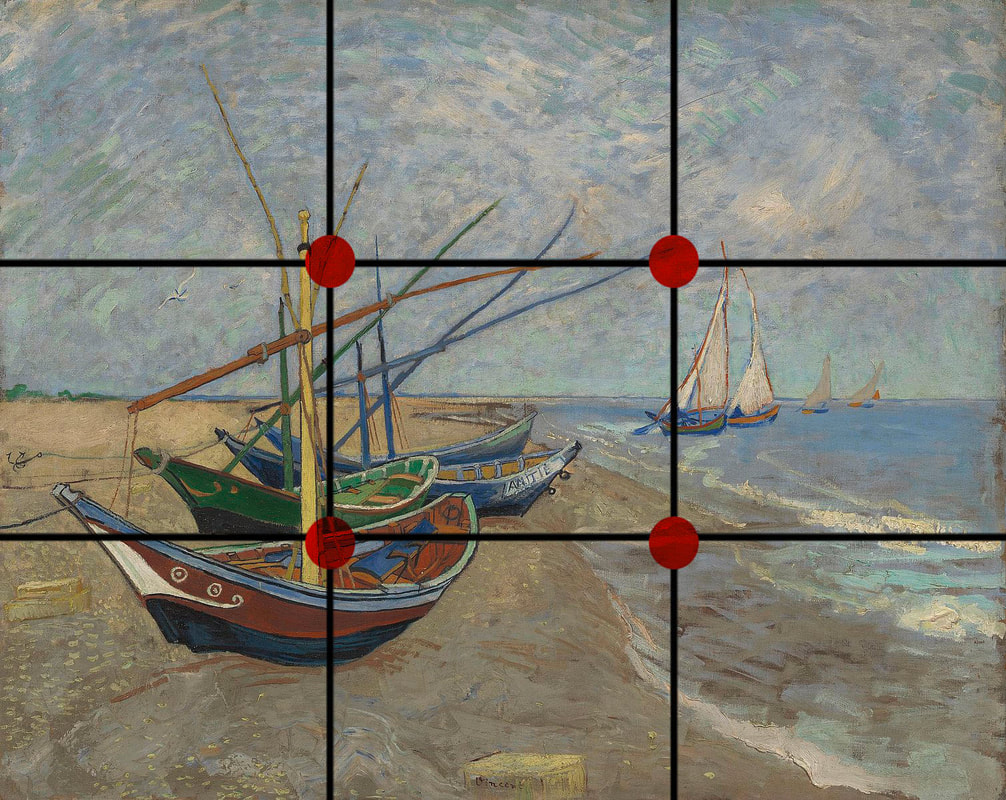
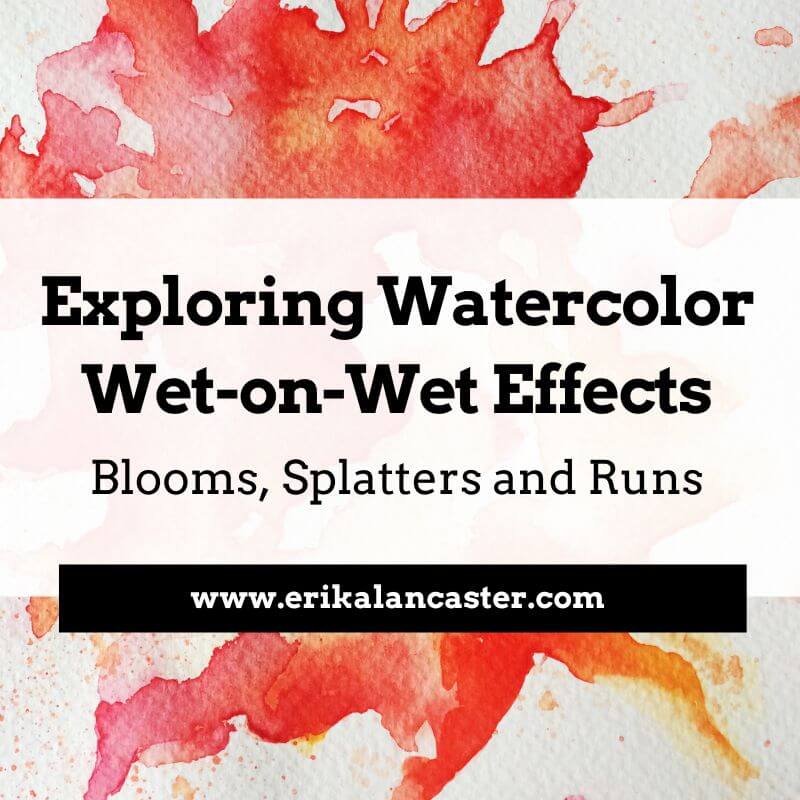
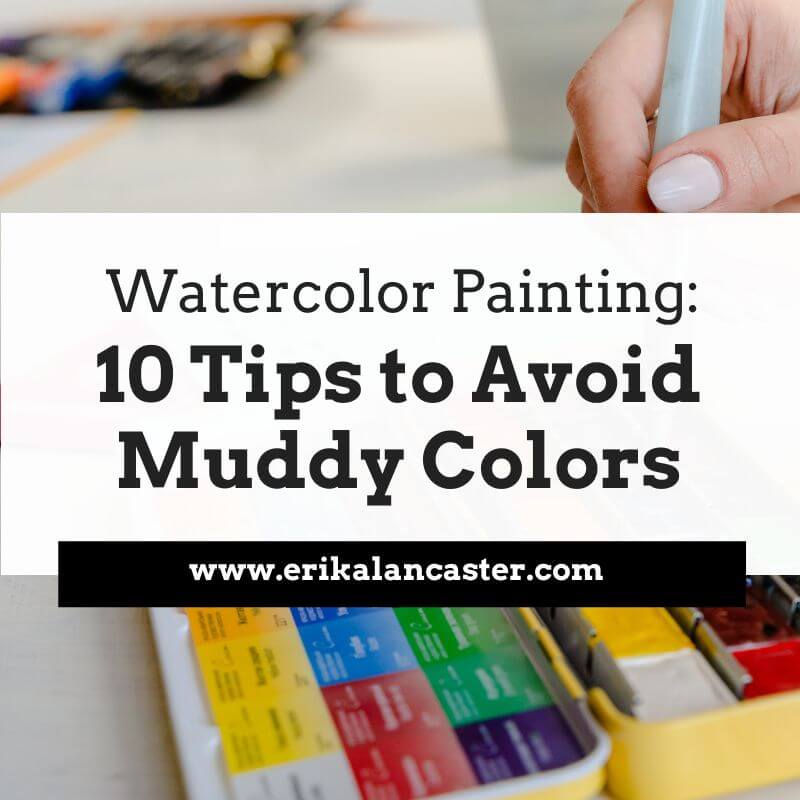

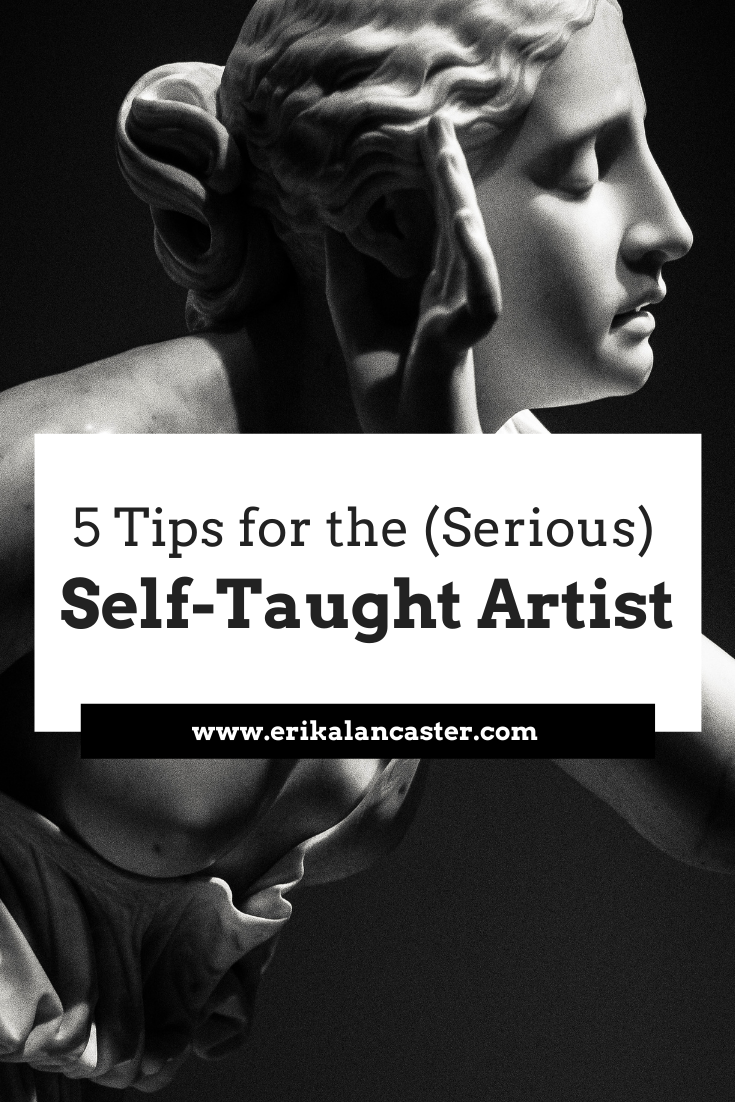
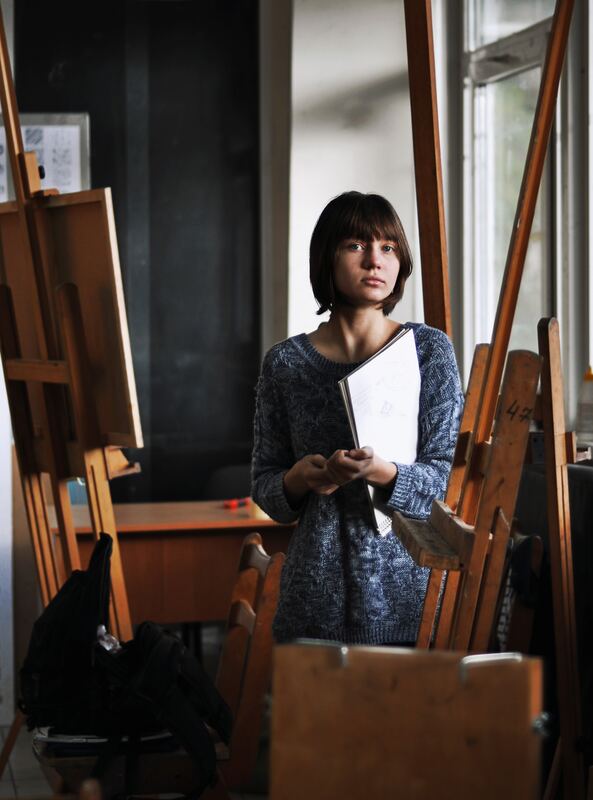
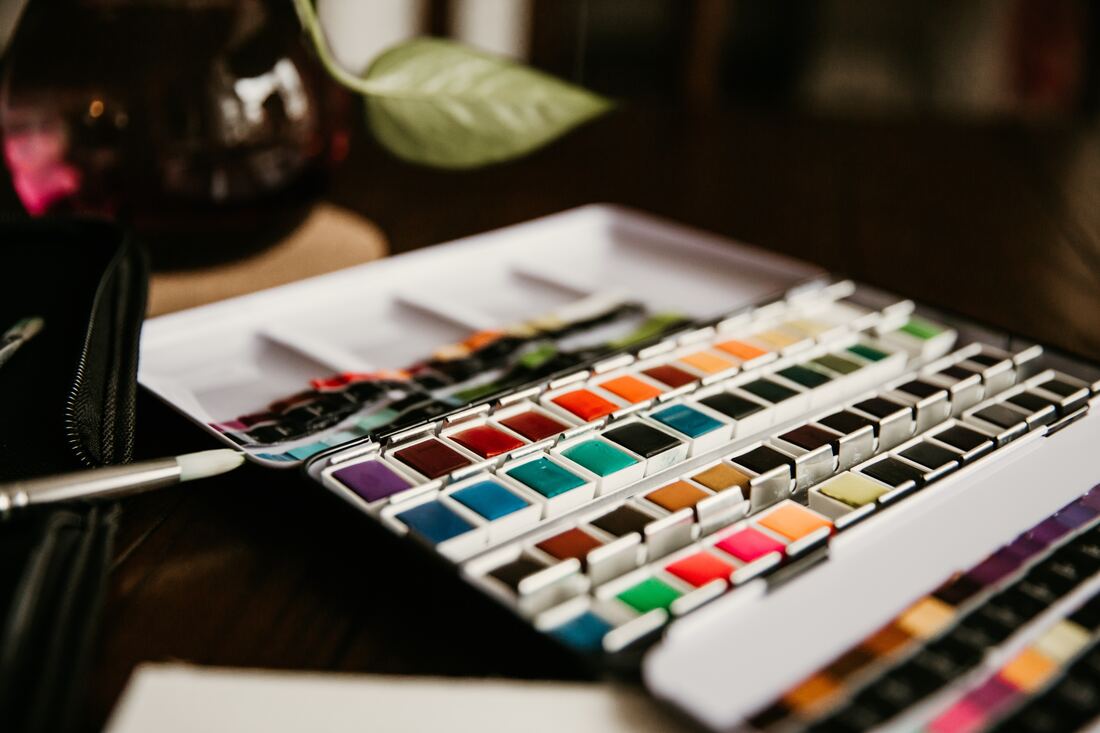
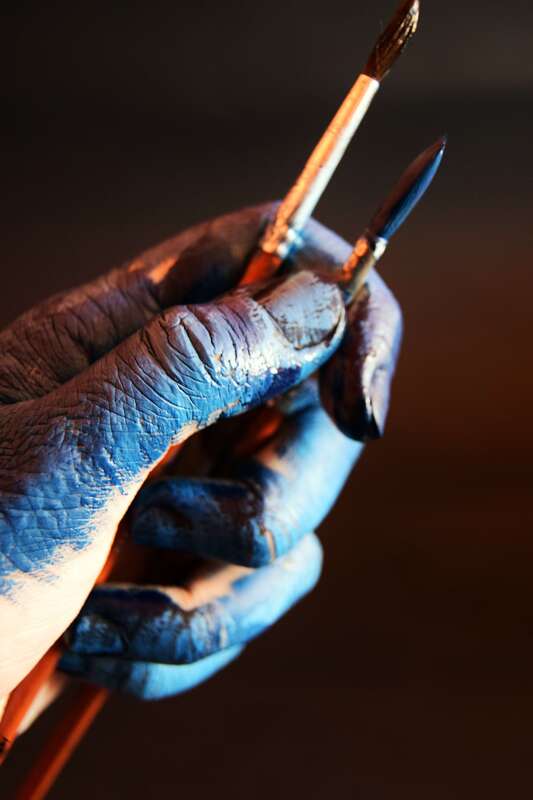
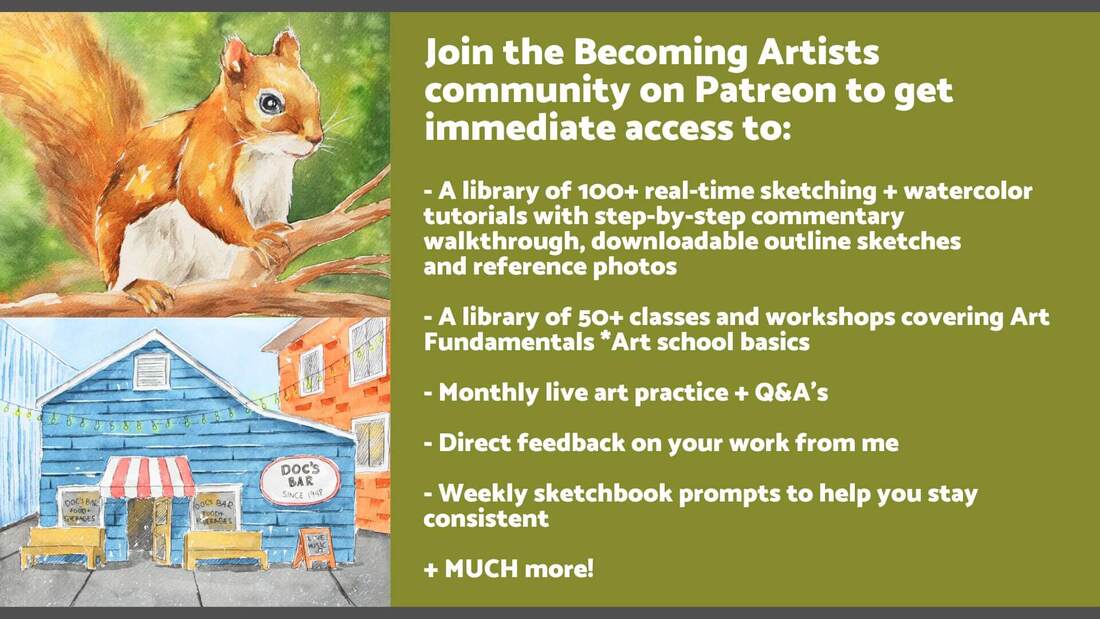

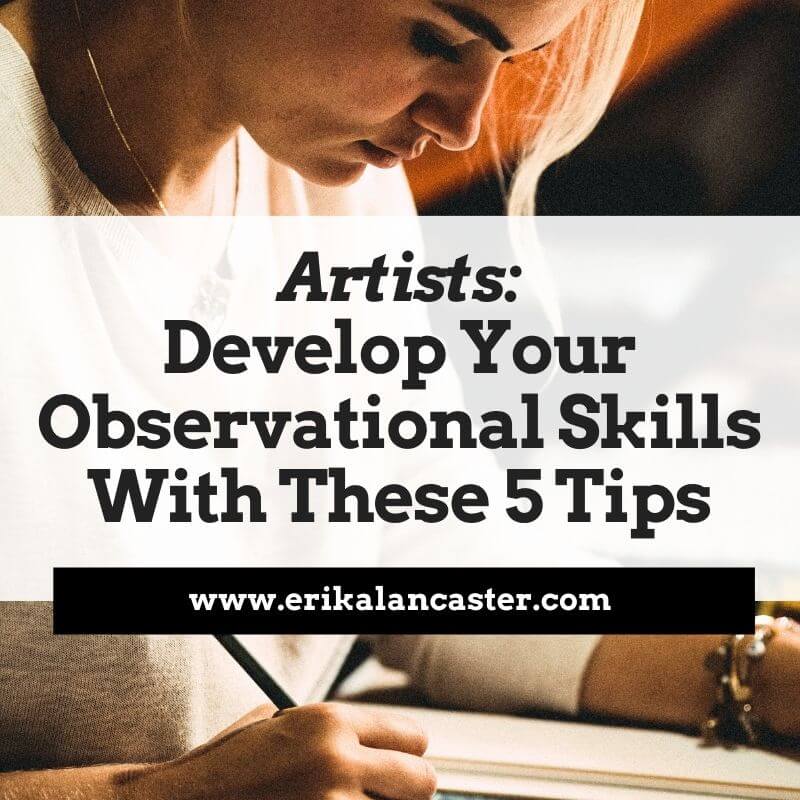
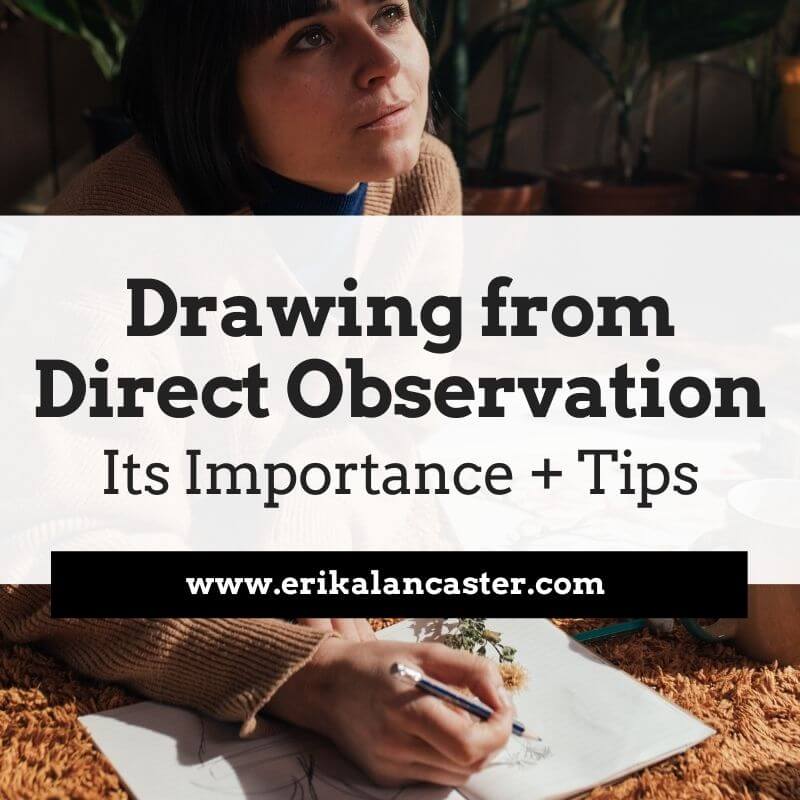
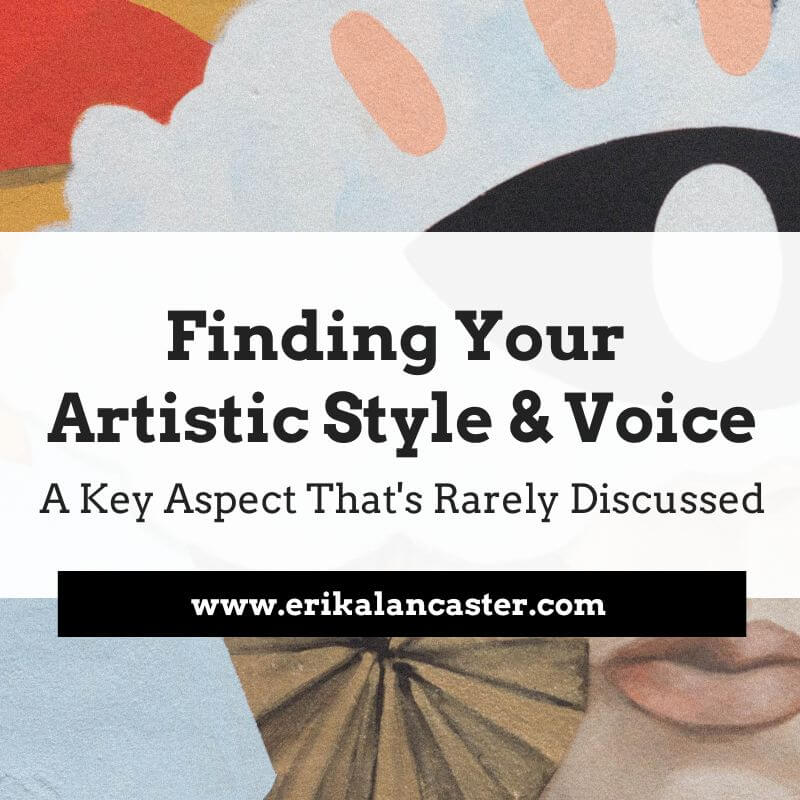
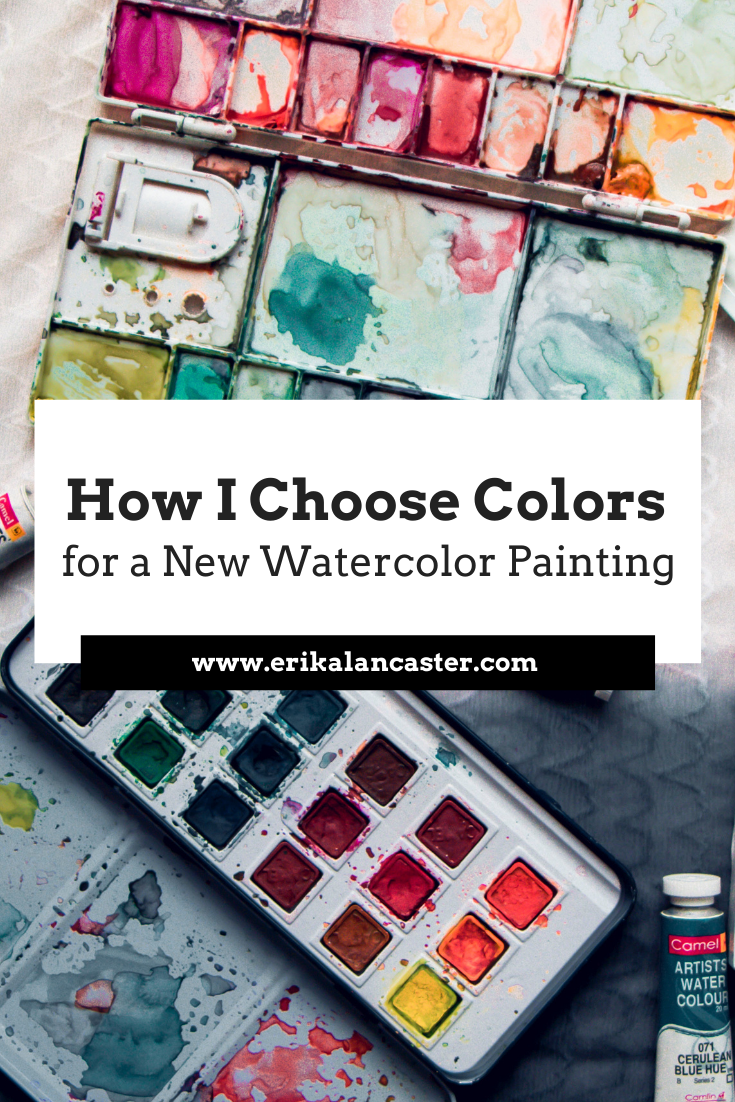
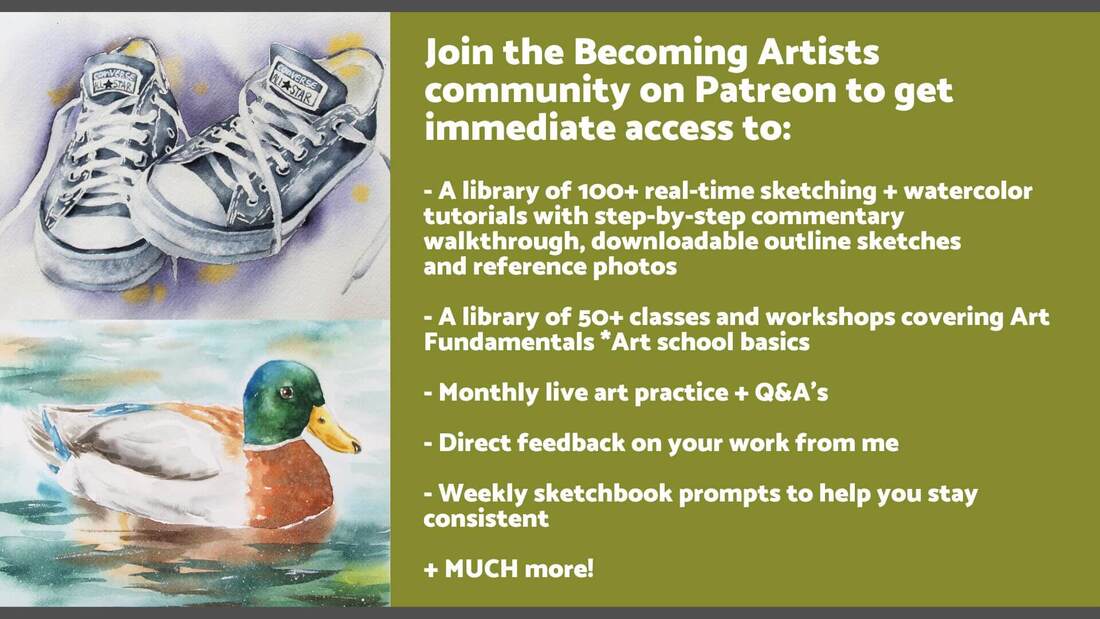
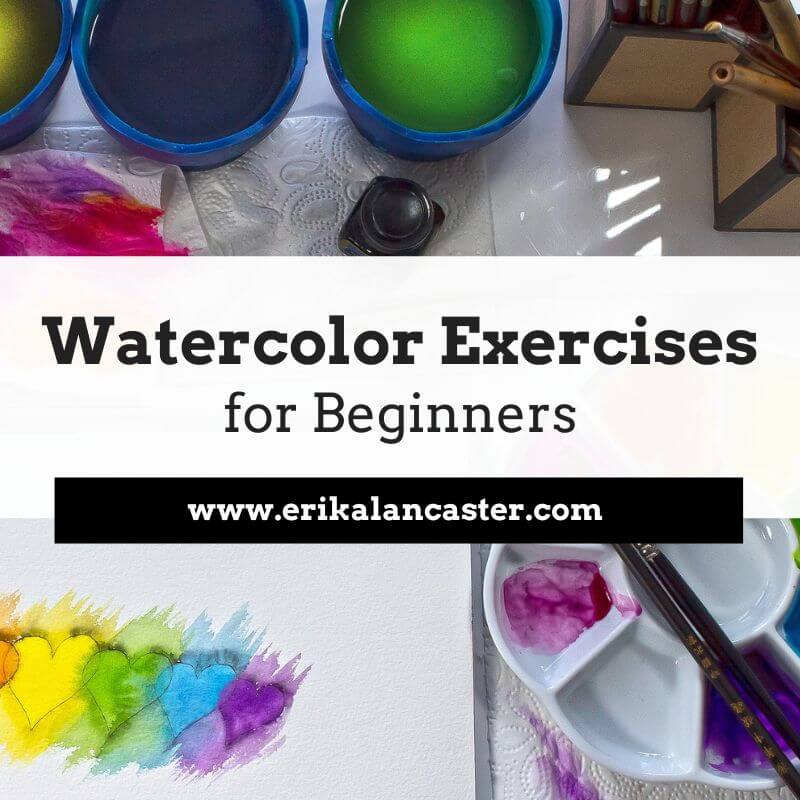
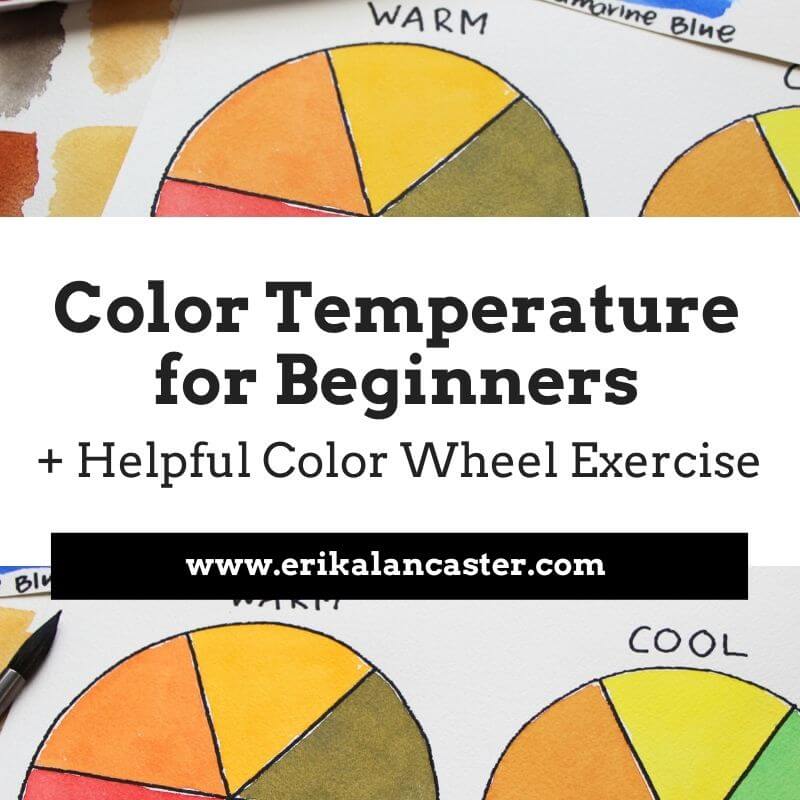
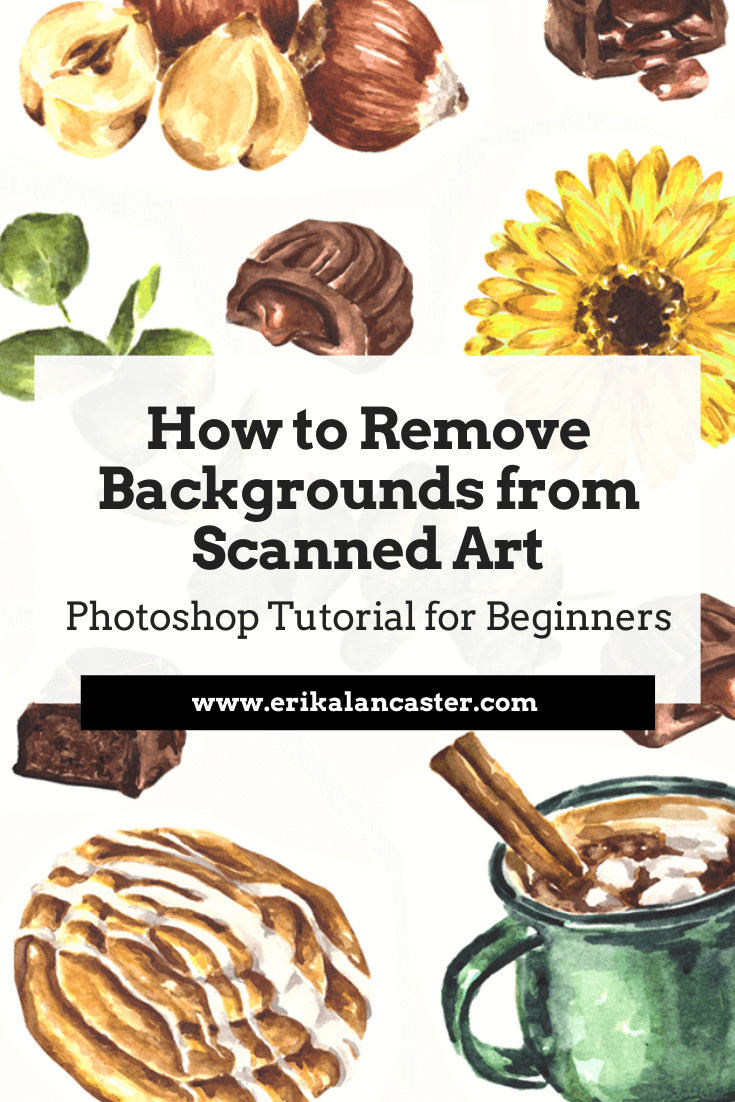
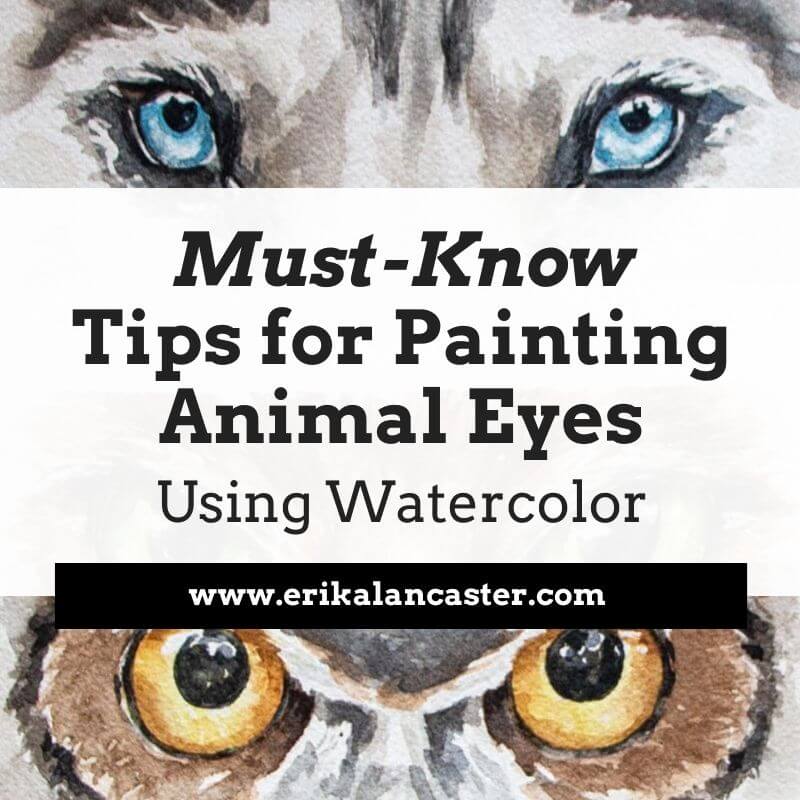
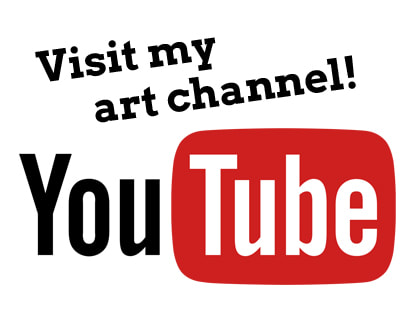

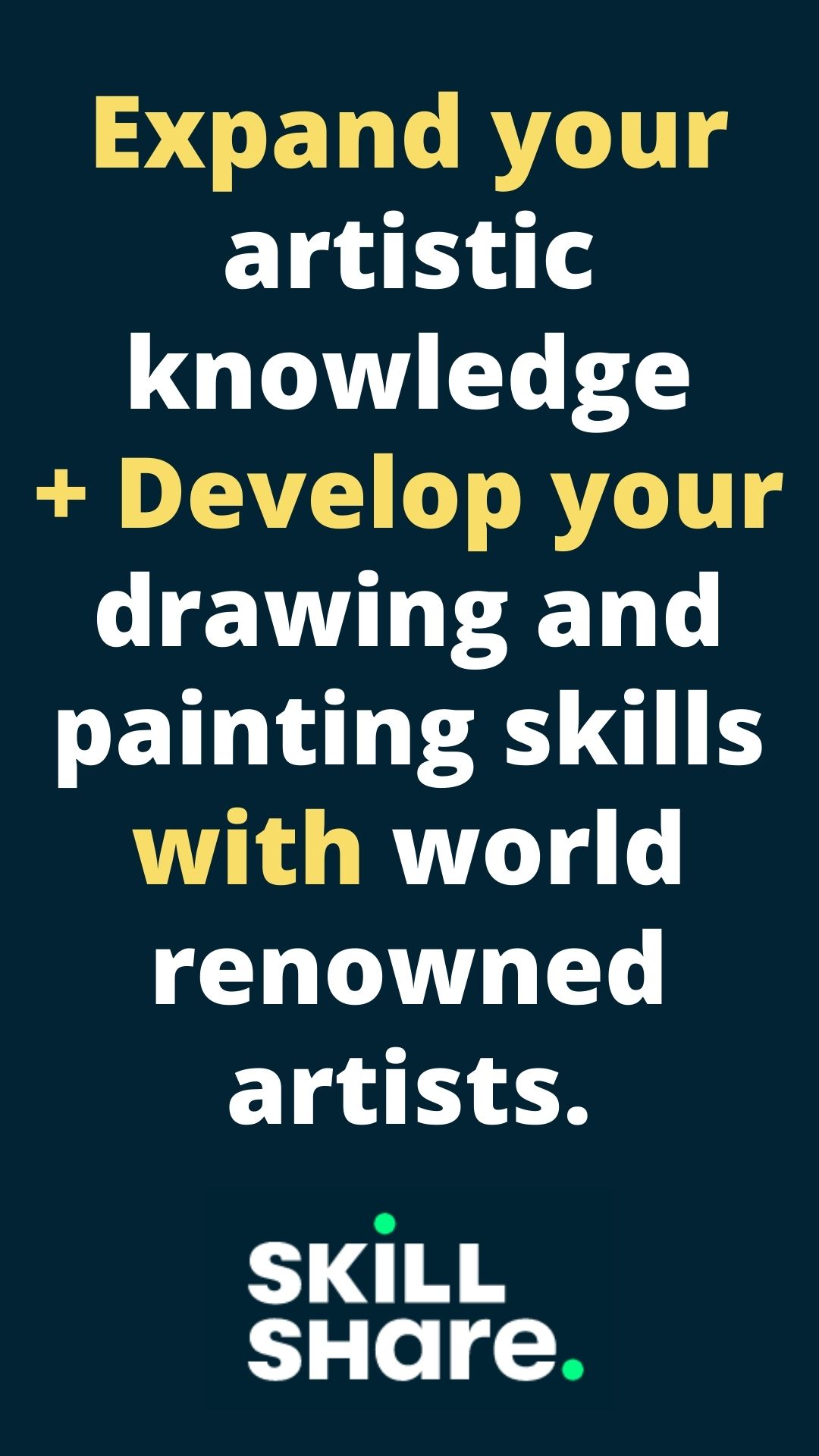

 RSS Feed
RSS Feed

